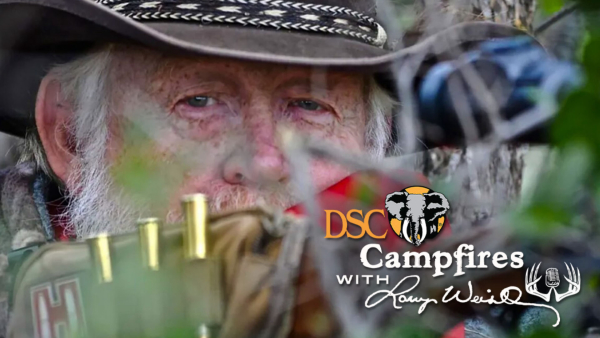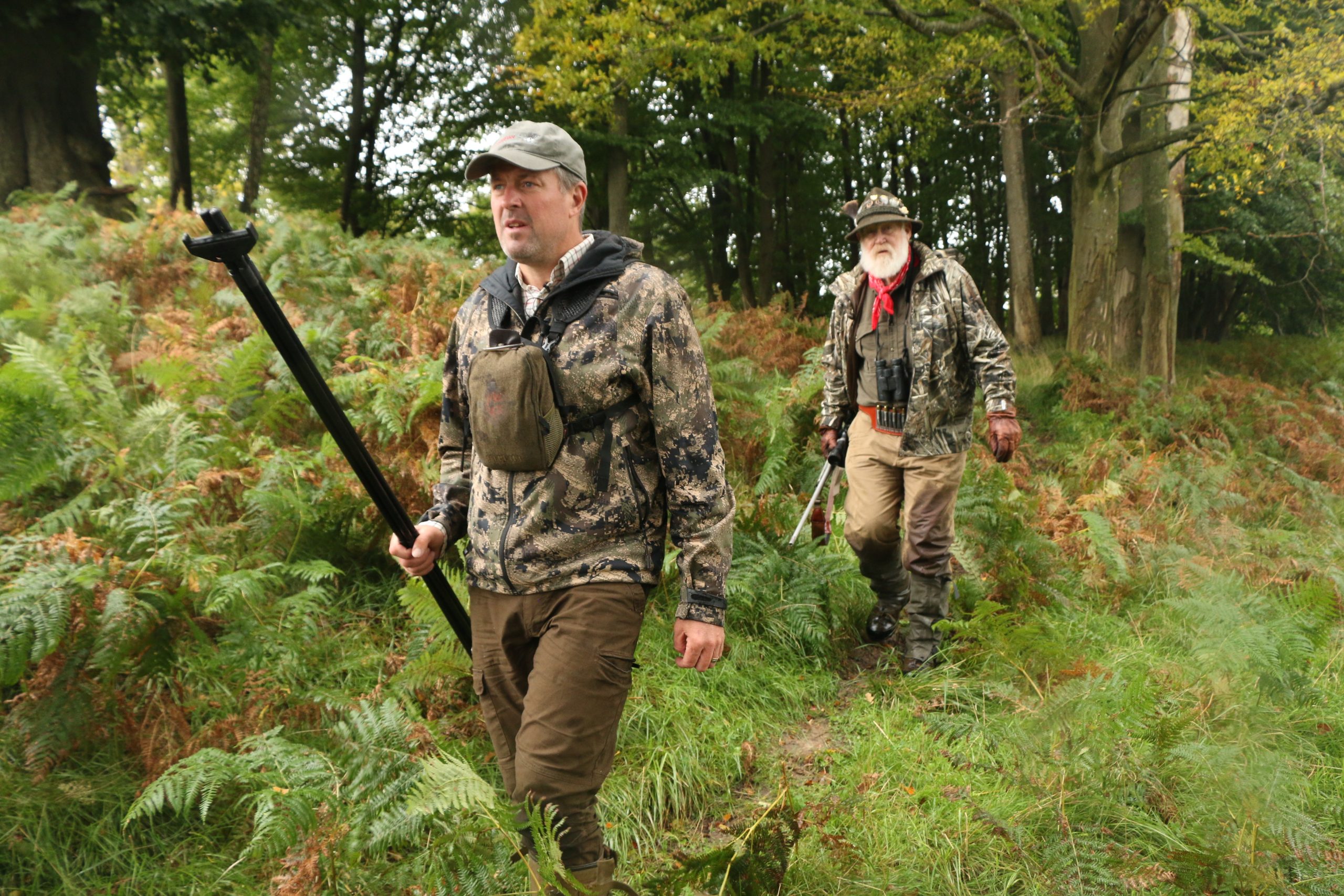BY RICHARD T. CHEATHAM, DSC FOUNDATION PRESIDENT
This article is featured in the Spring 2017 issue of Game Trails, our quarterly publication for DSC members.
Hunting, as an essential element of a well-managed wildlife management plan, works. It protects wildlife. It preserves wild places. It feeds the hungry. It brings benefit to the people who live and work among wildlife.
Here are some facts you should know.
About funds contributed by U.S. sportsmen and women:
• $823 million was raised from Pittman-Robertson excise taxes in 2016.
• $18 billion has been generated since the PR Act was passed in 1937.
• $81 million was generated by sale of Federal Duck stamps last year and $800 million has been raised since the Federal Duck Stamp program was created.
• $821 million of revenue was generated from the sale of hunting licenses in 2016.
Who paid that money? Hunters.
On feeding America’s hungry:
• Over 8.1 million meals were provided through the Hunters for the Hungry program last year. That’s 2.1 million pounds of game meat.
On feeding Africa’s hungry:
• Over 135,000 pounds of game meat was distributed by the operator of a single hunting organization in Mozambique over the last three years.
• Over 285,000 pounds of game meat was distributed in Zambia last year, the equivalent of over 1 million meals.
Who provided that meat? Hunters.
On the protection and conservation of wildlife In the U.S.
• Whitetails: In the early 1900s, there were fewer than 500,000 total white-tailed deer in the continental U.S. The estimated current population is over 32 million. There are more white-tailed deer in the Texas Hill Country today than there were in the entire U.S. in 1910. In 2015, Texas hunters harvested more deer than existed in the U.S. a century ago.
• Rocky Mountain Elk: In 1900 – 41,000. Now – 1 million. • Pronghorns: In 1900 – 12,000. Today – 1.1 million.
• Wild turkey have been successfully reintroduced in every one of the lower 48 states. There were 100,000 in the U.S. in the early 1900s. Today there are more than 7 million.
Internationally
• Namibia: elephant numbers grew from 7,000 to over 20,000. Mountain Zebra expanded from 1,000 to over 27,000.
• Bubye Valley Conservancy introduced 17 lions 21 years ago. Today there are more than 500.
• Republic of South Africa and Namibia: white rhinos grew in number from 1,800 to 19,200 since 1968. 45 years ago in South Africa there were 557,000 wild game animals. Today there are more than 18 million. Namibia’s game population has increased 200 percent since the 1970s. • Mozambique (Coutada 11) – 44 sables have grown to over 4,000 today.
Who’s responsible for those remarkable numbers? Hunters.
What now?
Arm yourselves with the facts and help DSC and DSC Foundation turn the tide of public sentiment. Counter the emotion-based arguments with facts on the benefits of hunting. Use the examples provided here. Memorize them. Verify them if you have any doubts. And be prepared. DSC and DSC Foundation are about to change the conversation. When someone asks you why we hunt, try this: tell them we hunt for the adventure it brings to life. We hunt to feed ourselves and others. We hunt so that our grandchildren and great-grandchildren will experience freeranging wildlife in natural habitats rather than animals in zoos. We hunt so that future generations can share our proud hunting heritage. We hunt to benefit the people whose livelihoods depend on a time-tested wildlife policy grounded in sustainable use. Tell them we hunt for life.
To learn more about DSC Foundation and how you can support our efforts, go to www.dscf.org
For more than 30 years, the Dallas Safari Club’s quarterly magazine Game Trails has provided all members with the best in hunting literature, reports on industry trends, club news, convention and auction highlights, and legislative updates. To receive Game Trails, became a member today at biggame.org.



